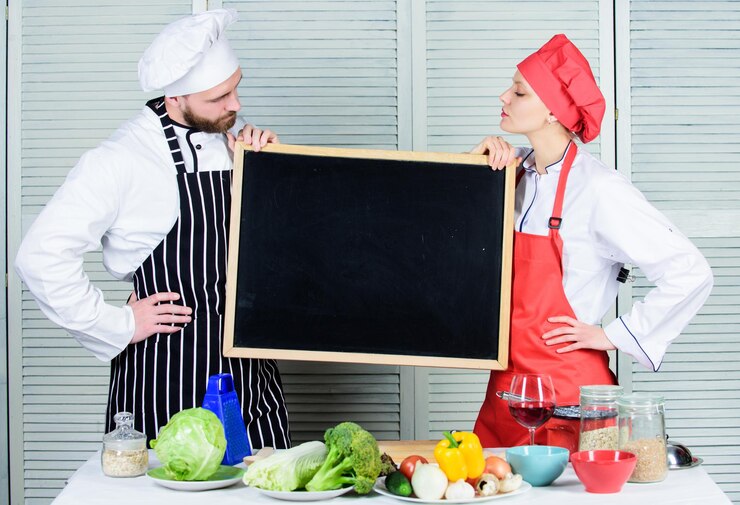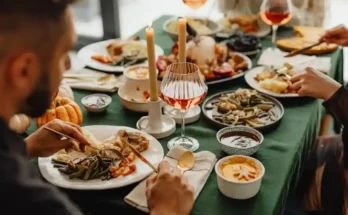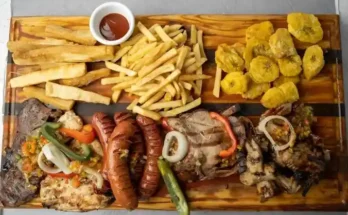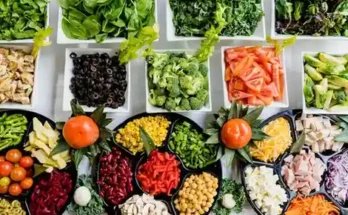A pan provides more space to operate with than other sorts of cookware. As a result, a frying pan can be used to fry and saute various foods. For the raw ingredients to become crispy and flavorful when cooked, they must first be dipped in oil.
What makes this pan different from a skillet
- Due to its bigger cooking surface, the former is better than a skillet for cooking numerous servings at once.
- Its significant volume and straight sides let it hold more drinks with less spillage.
- Because it is heavier than a skillet, it usually features a “helping handle” on the side opposite the main handle.
- Its size and volume make it different from a skillet and ideal for various cooking methods.
Stoneware and earthenware pots: new types of pans
Stainless steel is frequently wrapped around granite, marble, or ceramic to create stoneware, also known as traditional cookware. Most of the time, they have a long service life. More people use these skillets in rural and agricultural areas.
Earthenware pots and pans have been in use since the 18th century. The clay used to make these pans contains a sizable amount of iron. These pans generate meals with a flavour as unique as clay, thanks to earthy ingredients in the cooking process.
Nonstick pans
The best nonstick cookware is attractive, reliable, and easy to use. They are the most commonly used pan because they are simple to clean and make cooking simple. One of their best qualities is that a range of non-reactive materials can be used to create nonstick surfaces. Modern nonstick cookware is made with a titanium ceramic coating. However, these pans react poorly to high temperatures, a severe drawback. They are therefore used with a moderate to medium flame to avoid further damaging the covering.
Reduced cooking time
Compared to other cooking utensils, frying pans reduce the time needed to cook food. Its deep and wide design makes it easier to distribute food evenly around its base. The base of the pan receives more evenly distributed heat, which speeds up cooking. Cooking the dish on a lower flame may reduce the pans’ burning risk. The depth and the base of these pans allow food to be evenly distributed across the bottom.
Helps retain the food’s natural flavour
A frying pan is helpful for cooking since it enhances the food’s flavours. The original taste of the ingredients is preserved in the finished product thanks to quick cooking times. The primary objective of cooking with such pans is to roast the food’s exterior. Compared to foods cooked for extended periods, they are crispier and have a more lively flavour. It gives the cooked meals a richer flavour. Pans are also used for browning meats.
Keep in mind a few things:
- When cooking, keep a tight check on the food. You can cook other dishes while the ingredients in the pan are frying. You might need to stir the food once or twice every two minutes.
- Usually, these pans require some care, but not much is needed like other pans. Use a pan that is not too shallow if you don’t want to burn your meal.
- Although the shorter time for cooking is a benefit, there are also cons. To avoid burning, ingredients cooked in pans must be constantly stirred.
- It’s crucial to pay strict attention to the food when cooking it. Your food is more likely to burn during cooking if your pan is shallow.




